Why Gearheads Will Love That BMW's 'Wrong-Wheel Drive' 2-Series Active Tourer Exists
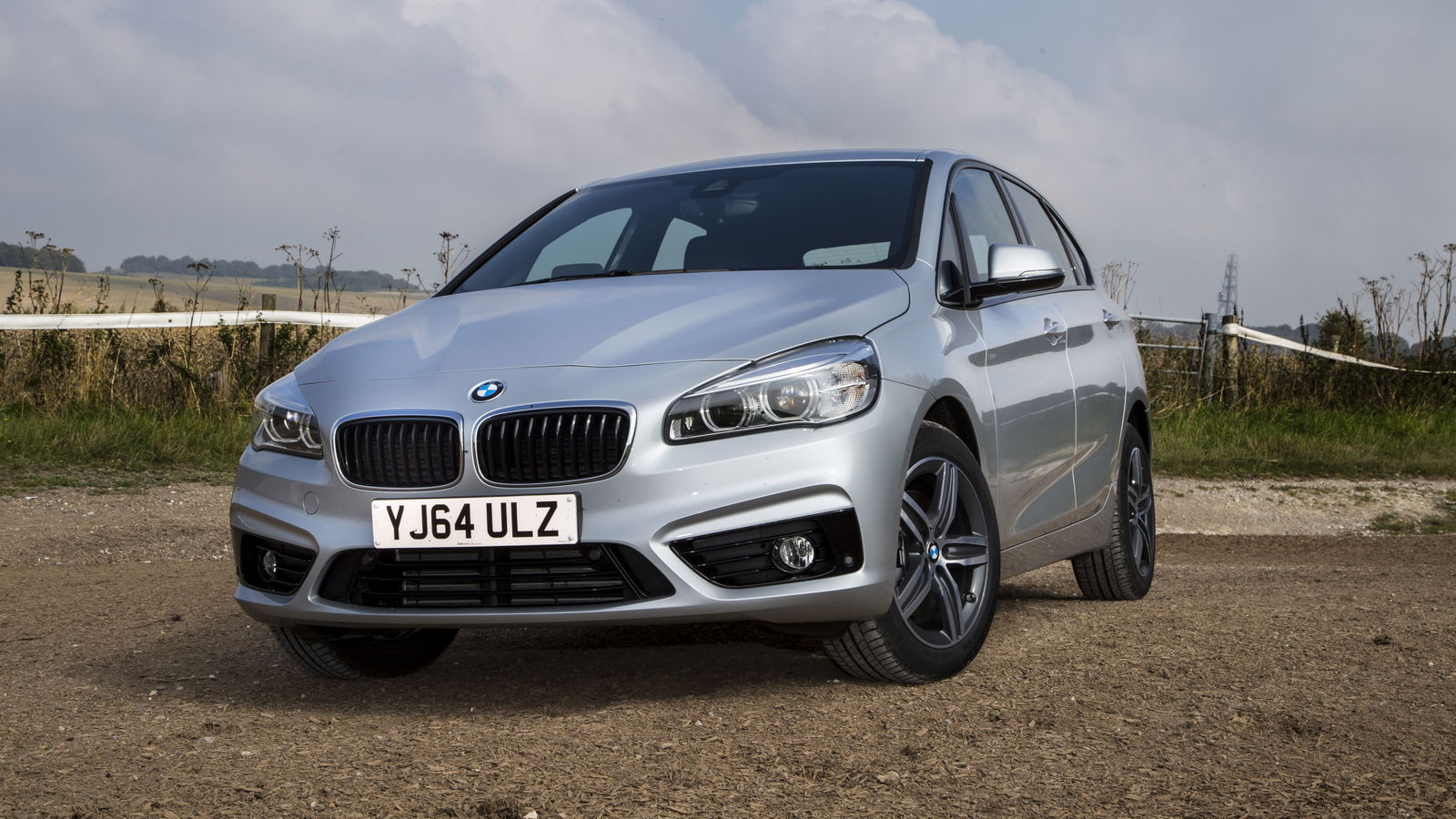
‘Sacrilege!’ ‘This sickens me.’ ‘BMW is dead to me!’ Those were just some of the comments we received when news of BMW’s 2-series Active Tourer landed. But the irony of it is, this BMW is controversial for the very thing that makes it quite conventional when it comes to small cars: it’s front-wheel drive.

Sure, almost every other car in this C-segment class is front-wheel drive, but putting power solely through the frontmost bits of rubber is a first for BMW, which - even in smaller cars like the 1-series - has previously remained staunchly rear or four-wheel drive only. It even released a series of adverts on the subject of front-wheel drive (right) a few years ago, which are now looking a touch awkward…
However, you don’t have to spend much time with the 2-series AT to realise that front-wheel drive makes perfect sense for it. At the car’s UK launch, BMW’s PR people were quick to spin us a line about the AT being only slightly longer than the 1-series hatch, while having more rear legroom than a 7-series and a bigger boot than a 3-series touring. And damn it, it actually does. Try doing that with the space-sapping longitudinally mounted engine and propshaft of a rear-drive setup…
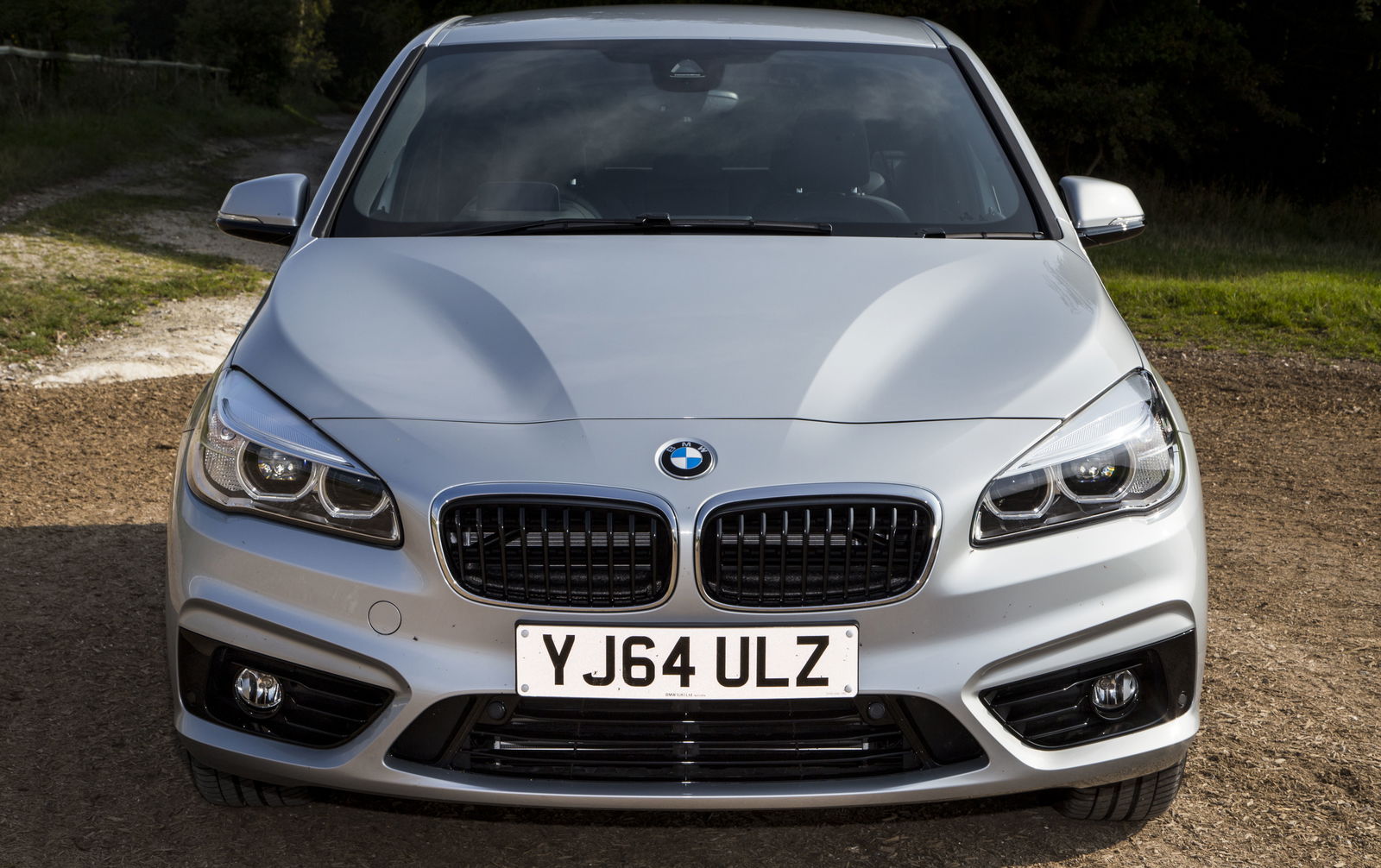
There are lots of well thought-out bits to see: a little hatch at the bottom of the boot gives extra space, and the rear seats slide forwards to open up a good few extra litres while still leaving enough legroom for children or vertically challenged people. Need even more space? There’s a neat electronic release for the three-way split rear seats that can drop them down in seconds, and it’s fitted as standard (check out the video below for a demo).
Also inside is BMW’s fiddly iDrive system, and the same head-up display system found on certain Minis. It’s on a separate screen which pops up above the instrument binnacle, but it’s much too low to be worth the bother, and it looks a bit naff.
I’m really not a fan of the aesthetics; those traditional BMW lines and styling features like the kidney grille look strange on the 2-series Active Tourer, with its MPV-like tall frame and stunted dimensions. However, the trade-off with that shape is good all-round visibility and great head room.
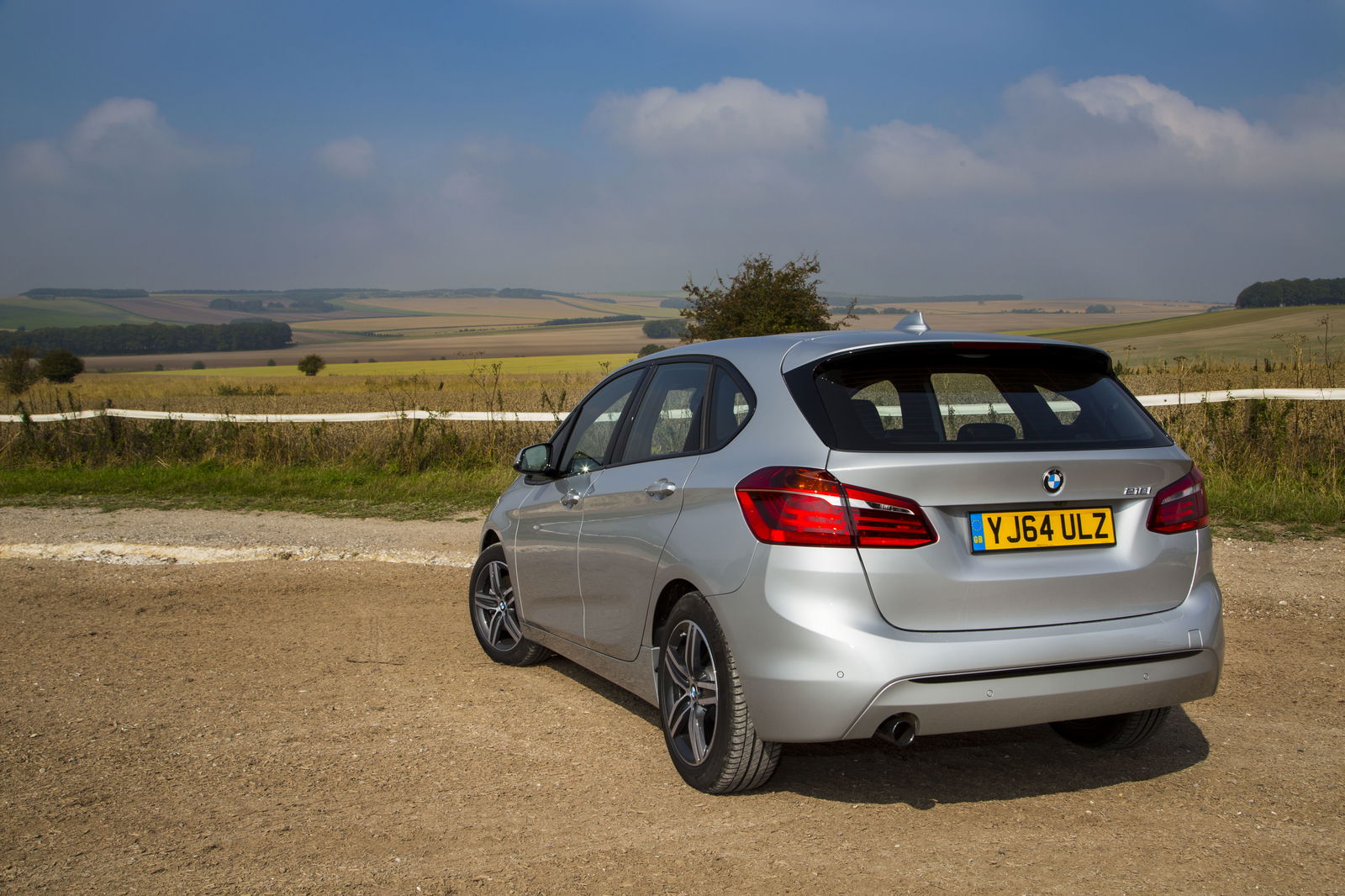
But I’m sure many of you reading this don’t care about clever folding seats and practical features; you want to know what it’s like driving a wrong-wheel drive BMW. So here goes…
The AT is competent on the whole, but it feels a little uneasy when cornering hard, with a reasonable amount of roll if you’re pressing on. And even with the modest 136bhp and 162lb ft offered by the 1.5-litre three-pot turbo engine in the petrol 218i we tried first, it’s not hard to induce understeer.
On the subject of the engine, the little three-pot - also found in the Mini Cooper, a car that the AT shares its underpinnings with - was a bit of a disappointment. It’s got a nice three-cylinder thrum, but it feels lethargic and you find yourself expecting a little push at a higher RPM…which never arrives. The initial getaway is also limp if you’re set to ‘comfort’ mode. It certainly doesn’t feel as swift as the 9.2-second 0-62mph time would suggest, and is a shadow of the more boosted version of the engine that’s found in the superhuman i8.
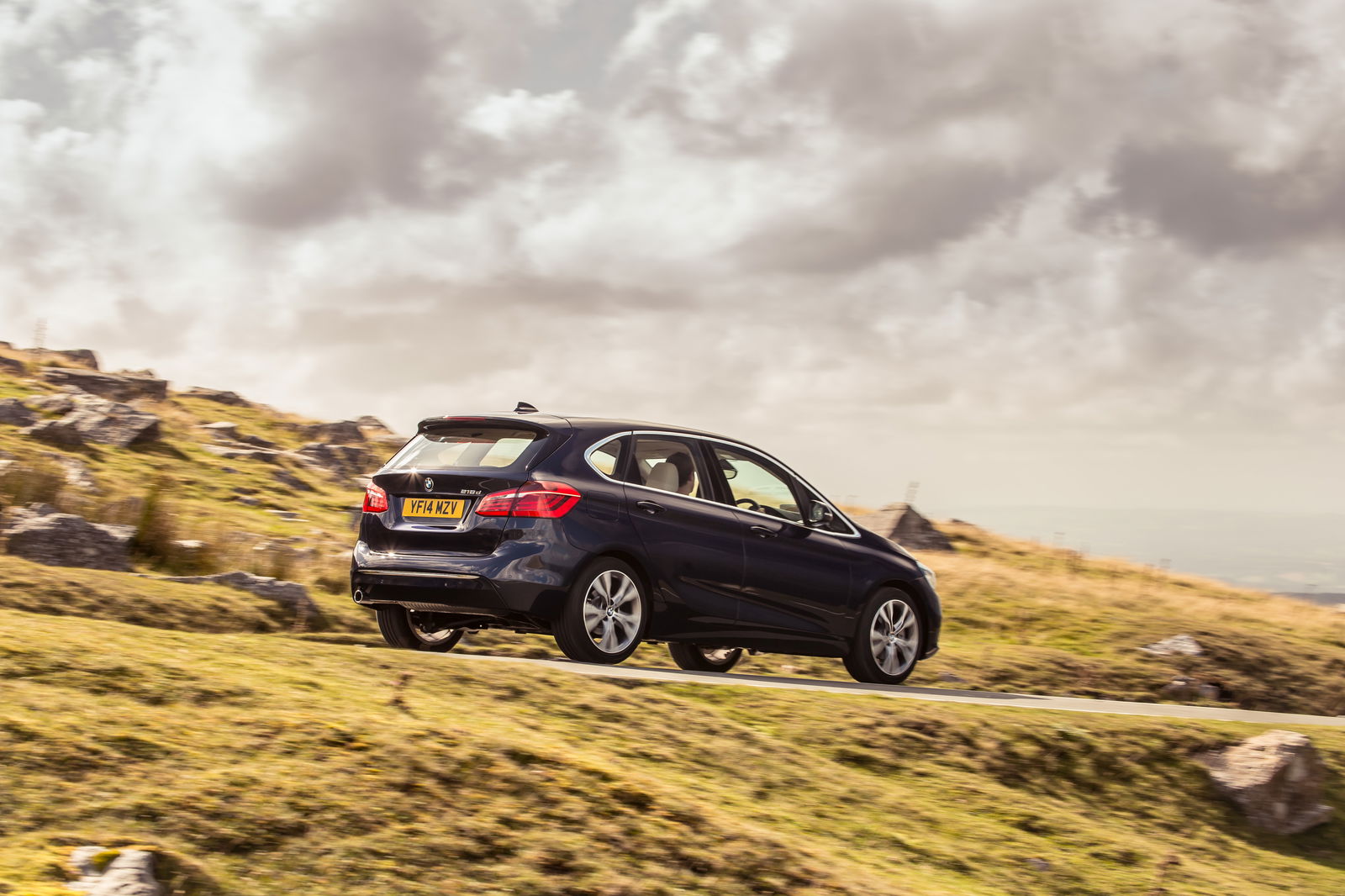
You’re better off going with the 218d (above), which feels much punchier with its 148bhp and 243lb ft of torque; it also offers considerably more mpg compared with the petrol too (68mpg vs 57mpg).
The steering, meanwhile, is reasonable, but a little slow and a touch too heavily weighted considering the size of the car.
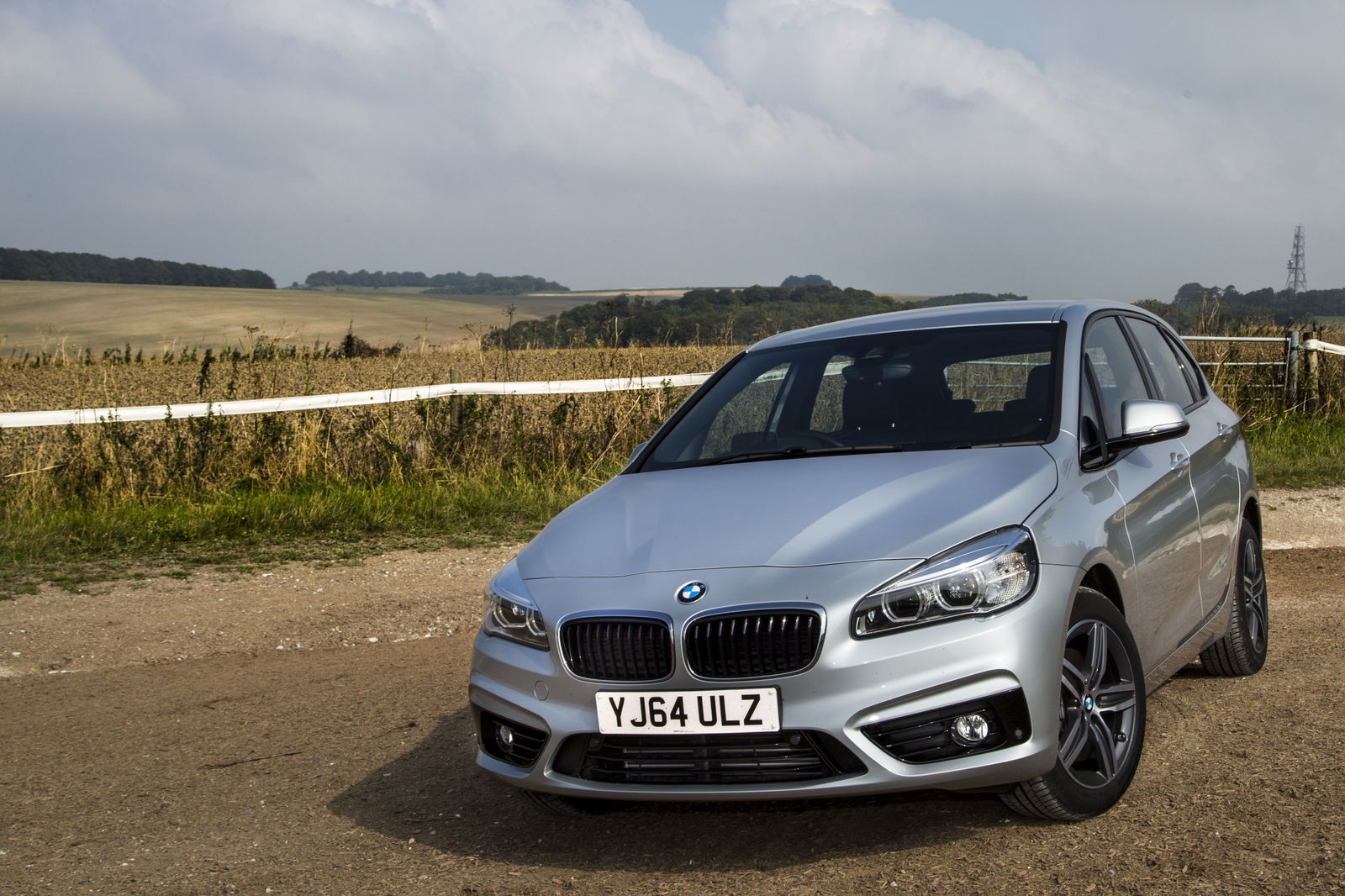
In summary, then, ‘The Ultimate Driving Machine’ it is not. But here’s the kicker: the handling is perfectly acceptable for the sort of driving the average 2-series Active Tourer driver will do. And the sort of people that splash the cash on one of these will be far more attracted to the car’s practicalities than what it’s like on a twisty B-road.
BMW seems to think it’ll snag a lot of drivers who haven’t considered a Bavarian motor before, simply because it hasn’t yet offered the sort of car which ticks the boxes that are important for them. But if you are the sort of person who’s after a pseudo MPV with lots of practicality, should you buy one? It’s a very well thought-out car, it rides nicely, is pleasant inside and well built. But it’s also expensive; prices for the 218i start at £22,595, and even though it’s quite well equipped as standard, it’s not hard to ramp up the price with options. Our test car, for instance, came to a staggering £31,105.
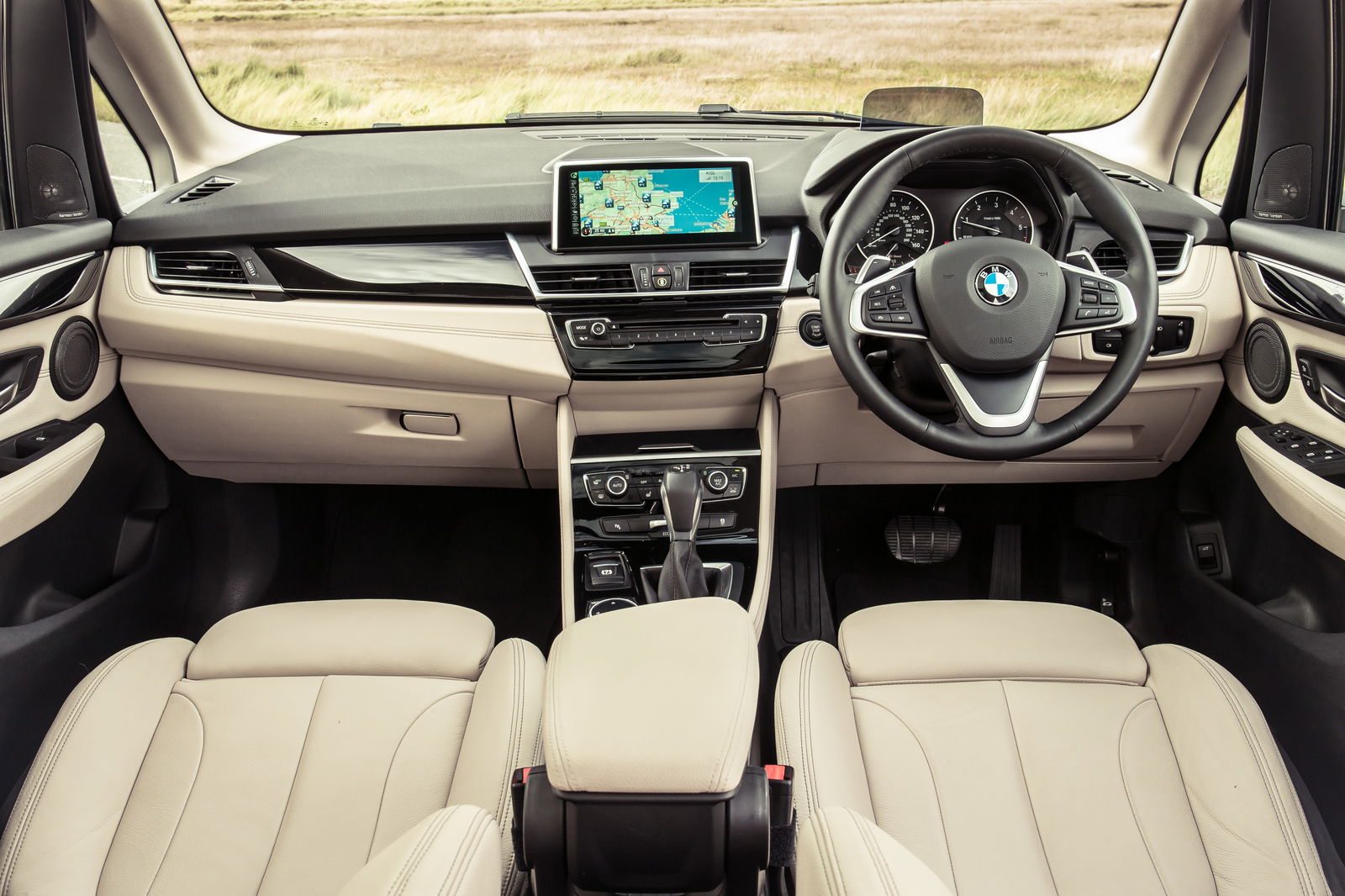
The car’s chief rival, the Mercedes B-Class, has a similar starting price, but there are some substantially cheaper options out there. Something like a VW Golf SV offers a similar package, a still relatively posh badge on the bonnet, (subjectively) nicer looks and a starting price that’s about £3000 less. You really do have to want a car that’s a BMW to justify the 2-series Active Tourer.
The more money BMW makes on these things, the more it has to plough into the development of the cars that really interest us
But if the car sells as strongly as BMW is hoping, the German company could end up making a hell of a lot of money on these things. And the more money the company makes, the more it has to plough into the development of the cars that really interest us, like the M3/M4 and i8. So if it’s the more powerful, rear-wheel drive BMWs which stir your soul, don’t see the Active Tourer as sacrilege, see it as a saviour.
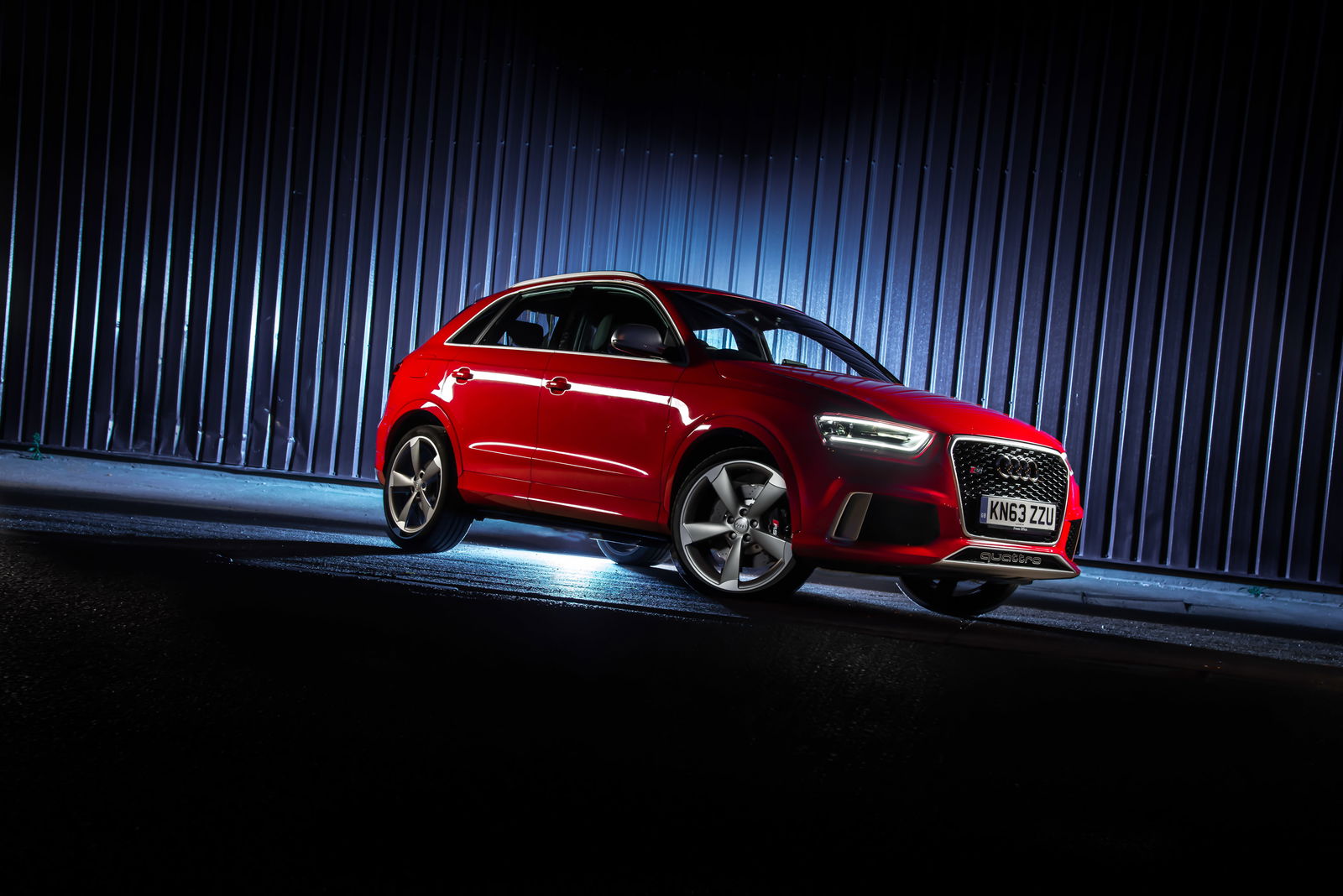
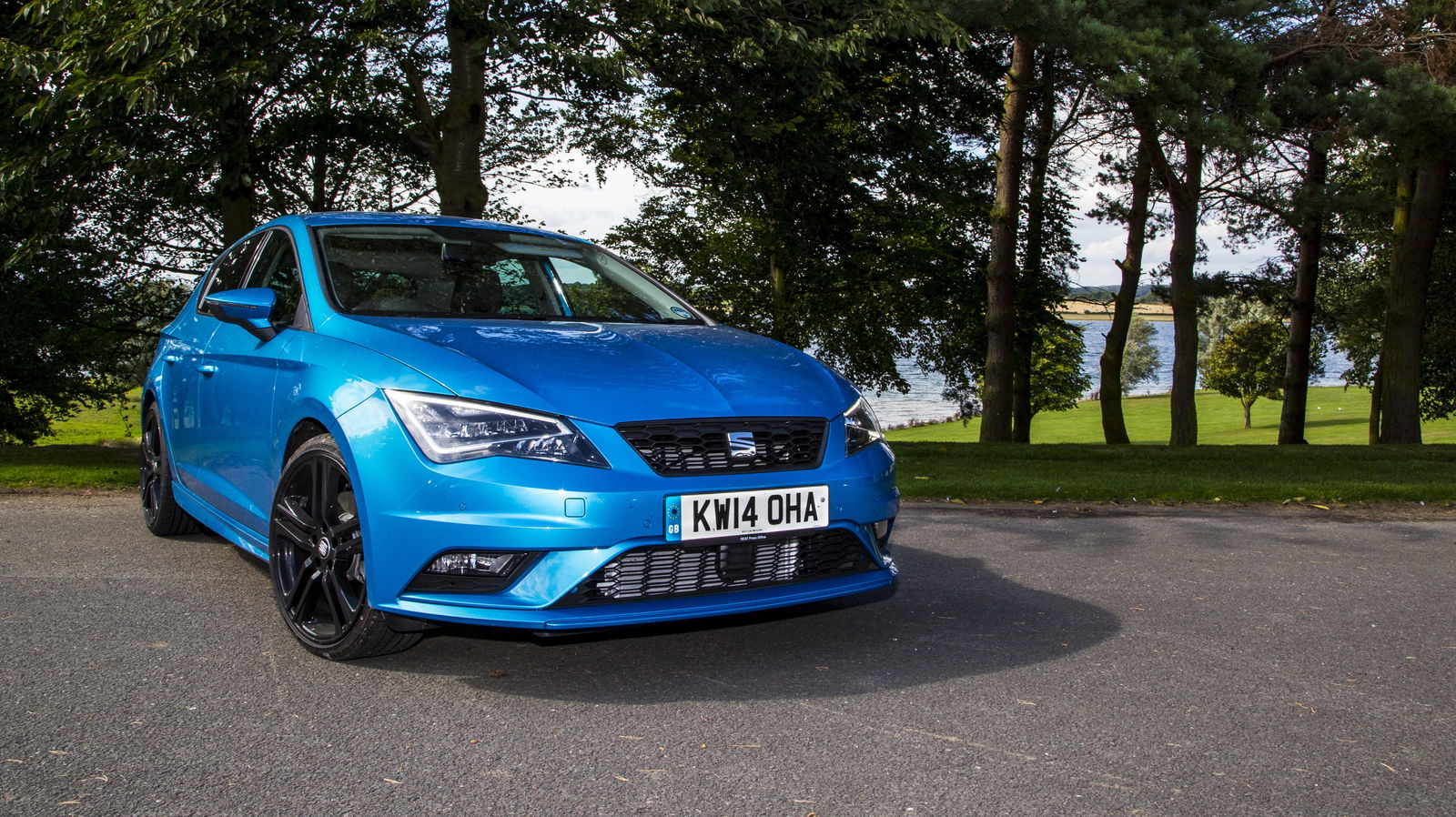

Comments